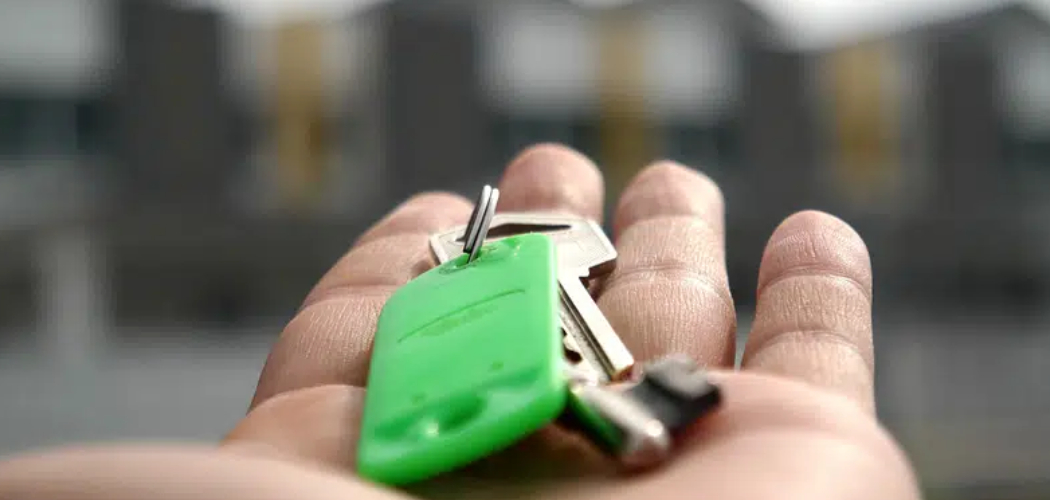Losing your keys within the confines of your home can be both frustrating and inconvenient, disrupting your daily routine and causing unnecessary stress. The panic often associated with misplaced keys can lead to chaotic searching that yields no results. However, staying calm and approaching the situation systematically can significantly improve your chances of finding them swiftly. By keeping a cool head, you can better recall where you last had your keys and
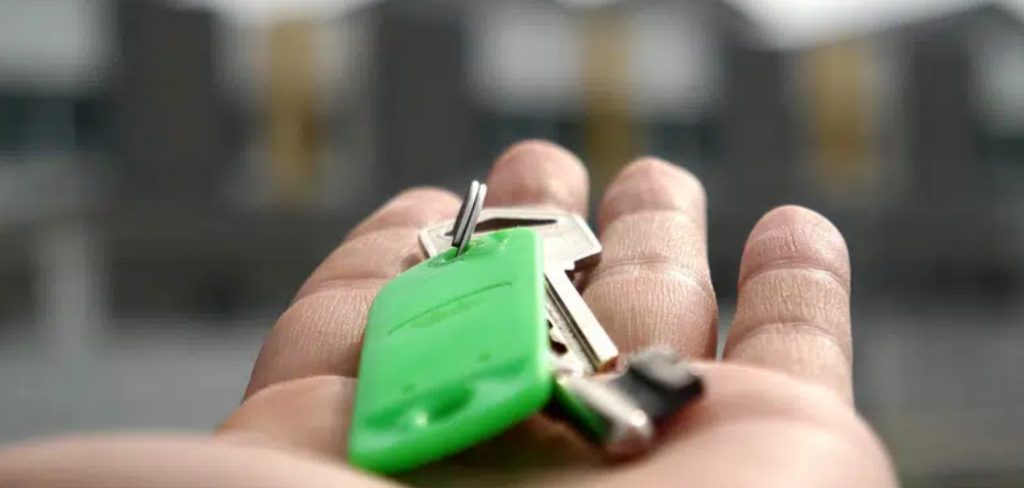
approach the task with a clear mind. Various methods and tips can aid in your quest, such as retracing your steps, checking common places where you usually drop your keys, and considering the last time you used them. In this guide, we will delve into practical strategies to resolve the dilemma of “how to find lost keys in your house,” ensuring you regain access to your cherished spaces as quickly as possible.
Retrace Your Steps
When searching for lost keys in your house, one of the most effective strategies is to retrace your steps and think back to the last time you had them. Start by mentally walking through your day from when you last remember using the keys. Retracing your activities can help bring clarity, as it allows you to focus on typical routines, such as unlocking the front door, arriving back home, or setting down your belongings upon entering the house.
Try to recall any significant details that could help jog your memory. Consider what you were carrying at the time, as the physical presence of specific items might lead you back to where you placed the keys. Were you holding groceries, returning from the gym, or carrying bags? Additionally, thinking about what you were wearing can be helpful, as keys can often end up in the pockets of jackets or coats, especially if you are rushing or preoccupied.
Once you have revisited these mental cues, it’s time to physically explore key locations where you typically leave your keys. Begin with the common spots: near the front door, on tables, or countertops. These are often places where we subconsciously place our keys after returning home. Extend your search to other habitual drop zones such as bags, jackets, or any designated key hooks. Don’t
forget to check less typical areas where you might absentmindedly have left them, such as on your bed, in the bathroom, or even in the kitchen.
Another useful technique is to re-enact your routine. Physically walking through your regular activities and movements can trigger memories that jogging your brain or sitting idly may not. As you simulate your daily routine, pick up or touch items along the way. This tactile interaction with your environment might provide the necessary nudge to recall exactly where you might have left your keys. This
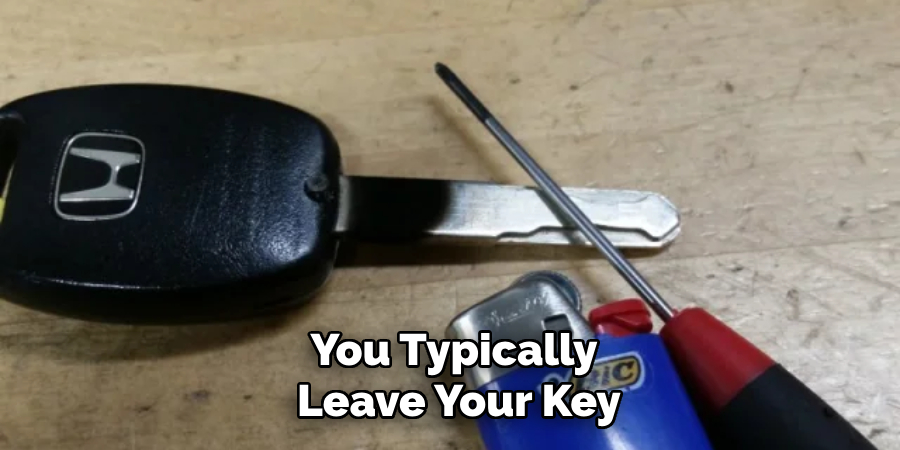
active and systematic approach not only heightens your chances of locating your keys but also quells the initial panic, restoring a sense of order to the search. By methodically tracing both mental steps and physical spaces, you’ll be more likely to find your misplaced keys swiftly and efficiently.
How to Find Lost Keys in Your House: Perform a Thorough Search
When finding lost keys, a meticulous and comprehensive search approach is essential. Start by focusing on high-traffic areas—the rooms or spaces within your home where you spend the most time. This typically includes the living room, kitchen, and bedroom, as these areas are where you will most likely unconsciously set down your keys. Begin by opening all drawers, checking under furniture, and inspecting countertops closely. Keys often blend into their surroundings, so take your time to thoroughly scan each area.
For a more organized search, adopt a systematic room-by-room approach. Create a mental or written checklist for each room to help you maintain focus and ensure no corner is overlooked. Starting from one corner of a room, work your way across methodically. Pay special attention to flat surfaces and less visible spots like the space beneath the furniture. Utilize a flashlight if needed to illuminate darker areas and ensure nothing is missed.
Don’t overlook unusual or hidden places that might seem unlikely but are worth checking. Examine under couch cushions, behind appliances, or between pieces of furniture. These nooks and crannies often become accidental resting spots for small items like keys. Additionally, take a moment to inspect inside bags or pockets, especially if you remember moving things around or carrying items recently. Laundry baskets can also be a surprising place where keys fall while picking up clothes or sorting laundry.
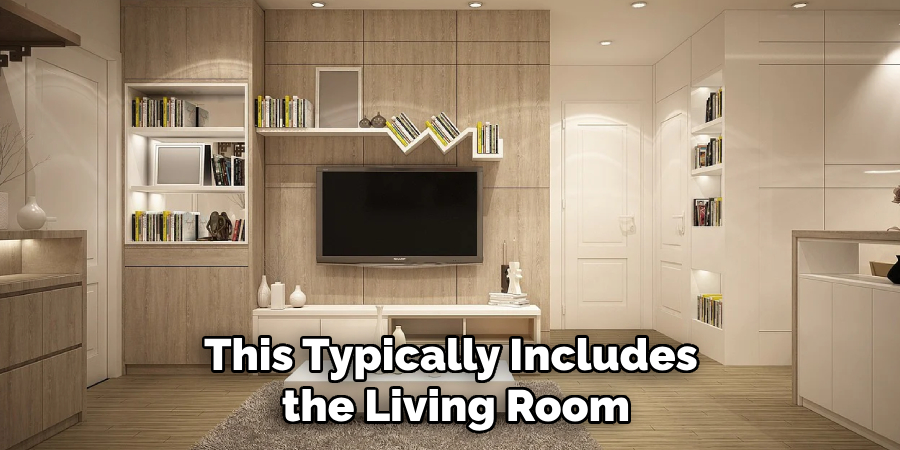
As you navigate each room, remember to move objects or furniture to get a full view of all potential hiding spots. Even rearranging can help you remember where you might have placed the keys inadvertently. The key is to remain patient and persistent; a rushed search is likely to miss the very spots where your keys may be hiding. By methodically executing a room-by-room inspection and considering
not only obvious areas but also less conventional ones, you greatly increase your chances of locating the elusive keys. This thorough search not only helps you find your keys but also instills a greater sense of order and calmness during a stressful situation.
Use Technology to Your Advantage
In today’s digital age, technology offers innovative solutions to the age-old problem of losing keys. One such solution is using key finders and Bluetooth trackers, such as Tile and Apple AirTag. These devices attach directly to your keyring and pair with a smartphone app, allowing you to easily locate your keys. When your keys go missing, you can use the app to trigger a sound alert on the
tracker, helping you find them by sound. Additionally, these apps often provide a GPS location to help pinpoint where your keys are within range, giving you a clear starting point for your search.
Before you can make use of these technological aids, it’s important to ensure that you have a tracker enabled. Begin by checking if your smartphone supports Bluetooth tracker applications. Download the corresponding app for your tracker—Tile or the Find My app for Apple AirTag—and follow the setup instructions to pair your device with the tracker. Once paired, familiarize yourself with the app’s
features. Sound alerts can be particularly useful if your keys are lost within the house, while GPS location is more helpful if they are further away, such as left behind at a friend’s house or workplace. Regularly checking the app’s battery status alert can also prevent potential frustrations from a dead tracker.
Moreover, smart home assistants like Alexa, Google Assistant, or Siri can enhance the functionality of your key finders. These voice-activated assistants can be integrated with your Bluetooth tracker, allowing you to locate your keys simply by asking. For this to work, ensure that your smart assistant is equipped to handle commands related to the tracker app you are using. Once integrated, you can
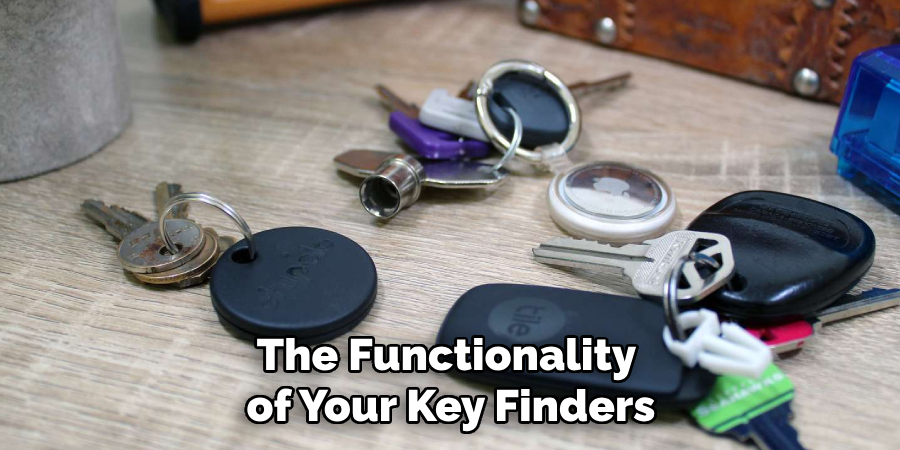
say commands like “Hey Siri, find my keys,” and the assistant will activate your key finder. This seamless integration not only assists in finding your keys quickly but also paves the way for future convenience, as more smart devices in your home support these integrations.
By leveraging modern tech solutions like Bluetooth trackers and smart home assistants, you can significantly reduce the stress and time spent finding lost keys. These investments provide immediate solutions for missing keys and enhance overall household organization and efficiency, acting as a convenient safety net in our increasingly connected world.
Check Unlikely but Possible Places
Sometimes, when searching for lost keys, it’s easy to overlook the improbable locations where they might have ended up. Unintended circumstances, such as distraction or multitasking, can lead keys to bizarre places. It’s worth examining the refrigerator or pantry; perhaps you absentmindedly placed your keys there while grabbing a snack or putting away groceries. Equally conceivable is their
presence in trash cans or recycling bins, especially if they got caught in the shuffle while you were tidying up. Don’t forget to peek inside shoes as well—busy moments can cause us to place items wherever there’s space.
It’s also wise to consider places more specific to household dynamics. Children’s play areas or pet beds might seem unlikely, but they can turn into accidental hiding spots. If young kids share your home, they may have picked up the keys out of curiosity, or your pets could have nudged them aside while playing. Checking these spots can often resolve the mystery faster than expected.
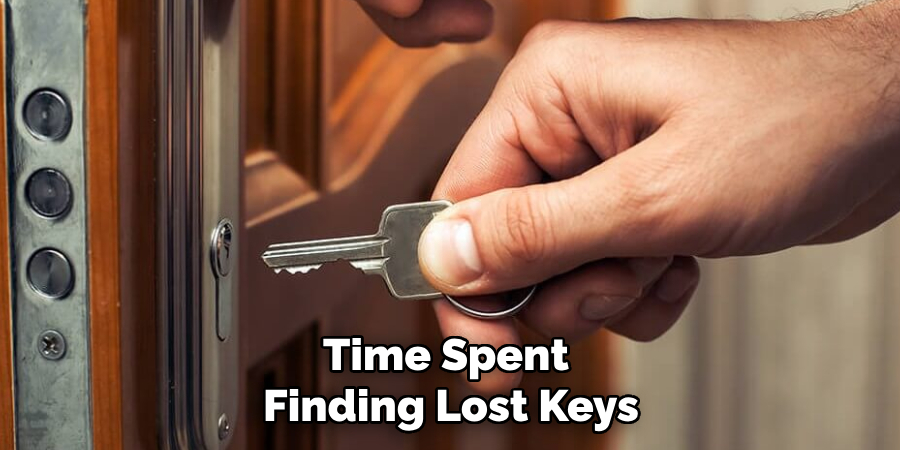
Additionally, think back to any unfinished chores or routines that may have interrupted your focus. Were you halfway through doing laundry or sorting items for recycling? Laundry rooms, in particular, deserve attention since keys might be entangled with clothes or left atop the machine after emptying pockets. Similarly, dishwashers or kitchen counters become a popular key sequestering spot amidst cooking or cleaning. Even the car should not be ignored; keys might have been left behind on a seat, in the cup holder, or on the dashboard.
Finally, be open to retracing steps linked to last-minute preparations or rushed routines. If you frequently multitask, the risk of leaving keys in unexpected spots increases. Reflect on whether you were readying yourself to leave, packing bags, or managing multiple tasks. Re-examine all bags or jackets and look around distractive hotspots. By broadening your search to include these unlikely but
plausible sites, you might just uncover the exact location where your keys have been hiding, ultimately saving you additional time and stress. This thorough and sometimes surprising examination of unintended locations can often provide the solution you need to reunite with those elusive keys.
Ask for Help
Enlisting the help of family members or roommates can be invaluable when searching for lost keys. A fresh set of eyes may notice places you might have overlooked during your search. They might recall seeing or moving the keys, which can provide a vital clue or lead to discovering their location. Engaging others broadens the scope of the search and reduces the stress and frustration that often accompanies misplacing keys.
Taking breaks is equally important in any search. Stepping away for a few minutes to clear your mind can offer a mental reset, allowing you to return to the task with renewed focus and perspective. Engaging in a brief, unrelated activity or simply walking can unlock different brain parts, potentially triggering memories or insights into where the keys could be. Such breaks can transform a fruitless search into a successful one, alleviating the situation’s urgency.

Conclusion
In conclusion, learning how to find lost keys in your house involves a blend of strategies ranging from retracing your steps, exploring unlikely locations, and leveraging technology like Bluetooth trackers. Remaining calm and patient throughout the process is crucial, as stress can hinder your ability to recall misplaced keys. Engaging assistance from family or smart home devices can
further streamline the search. Finally, considering preventive measures, such as designating a consistent storage spot or employing organizational tools, can significantly reduce future incidents of lost keys, ensuring a more organized and stress-free household environment.

